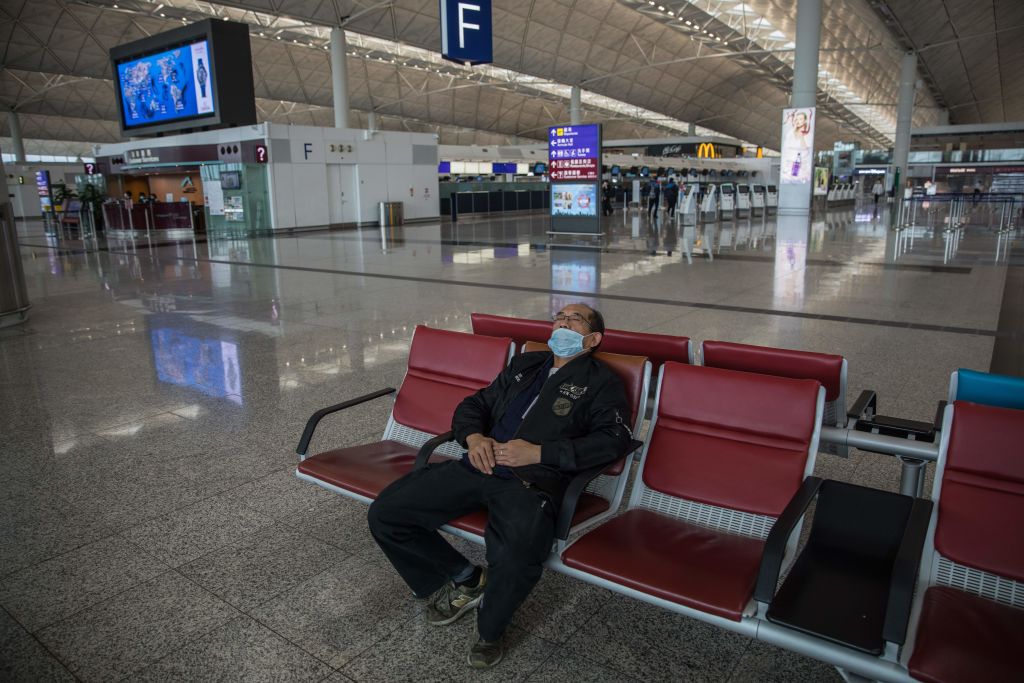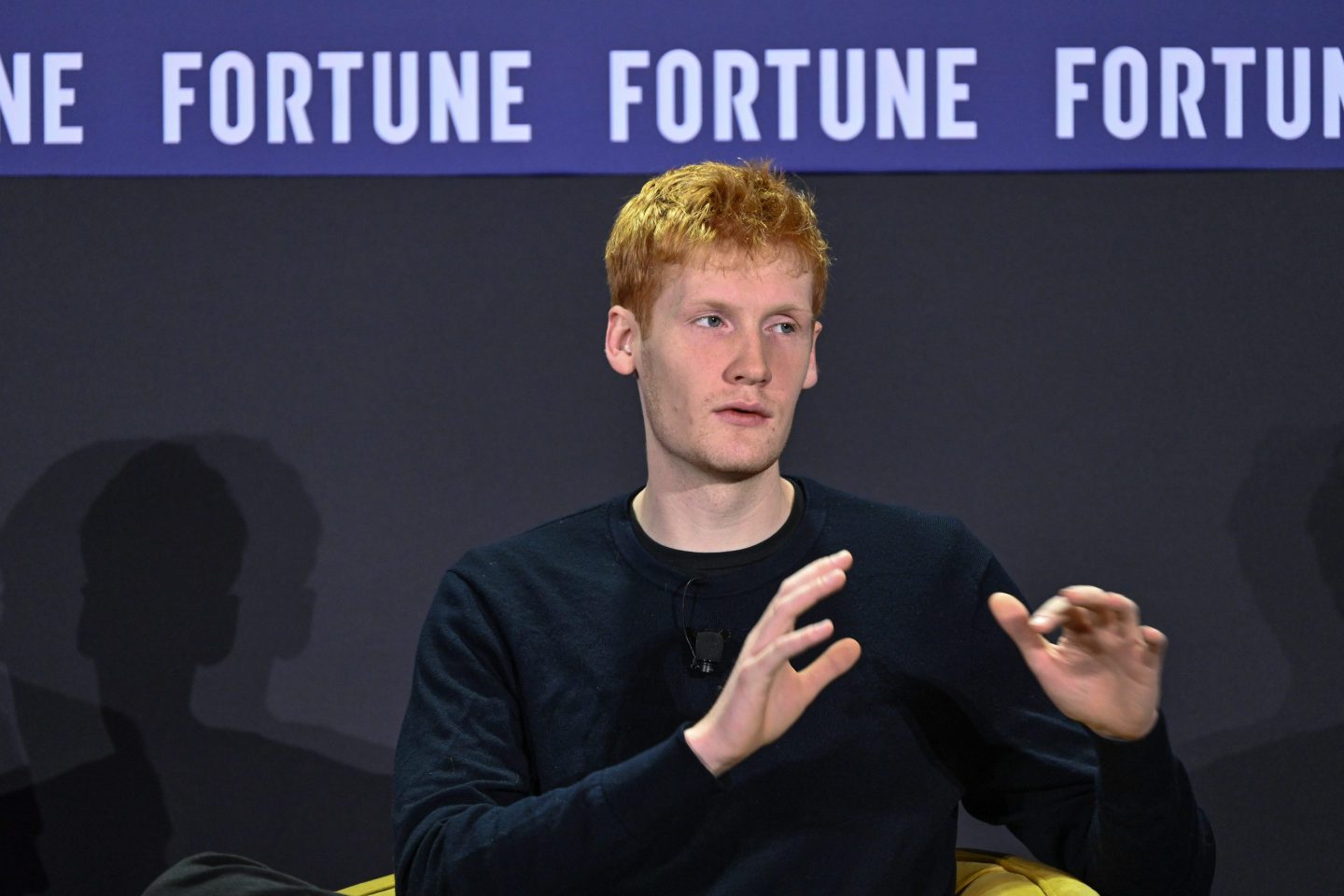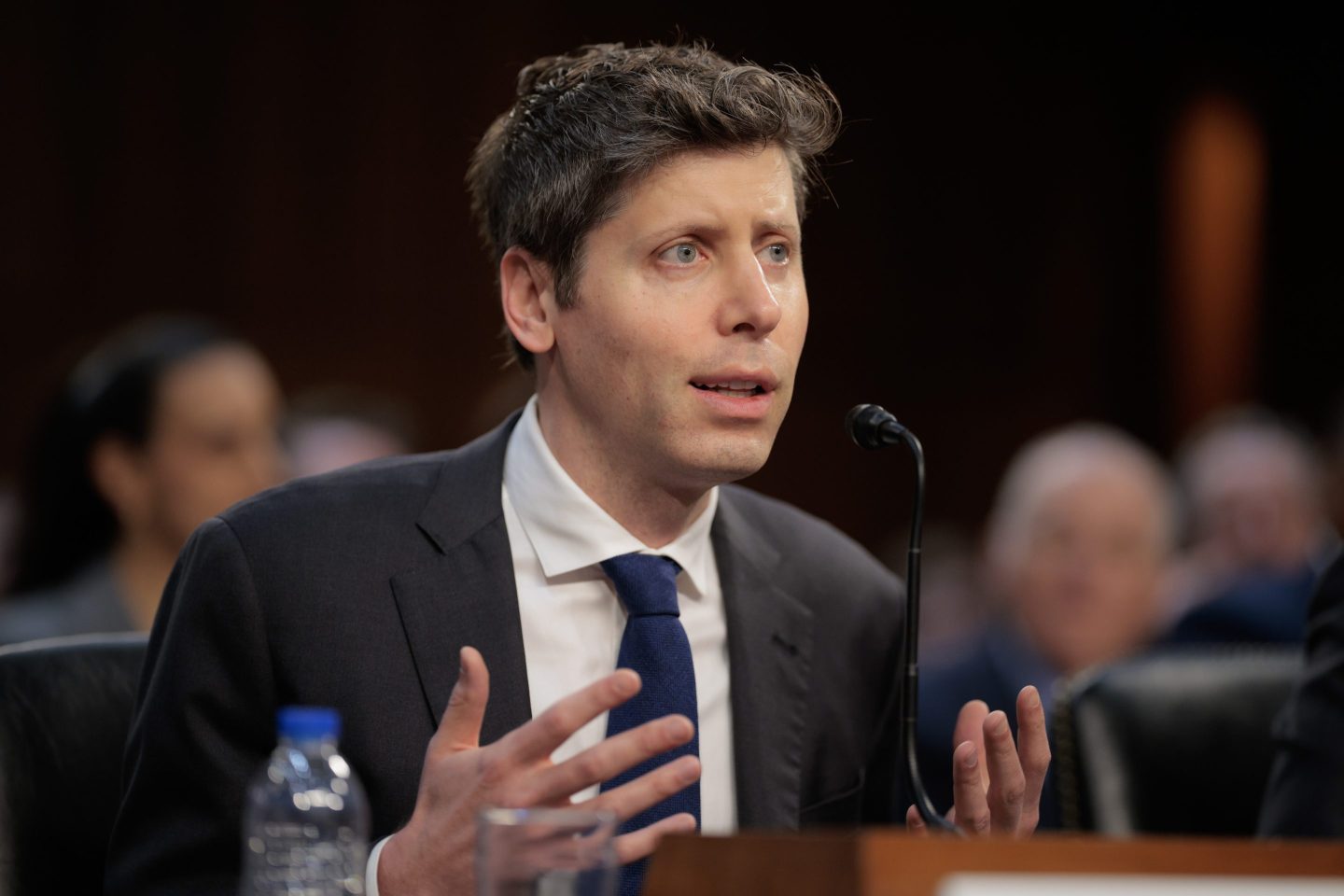This is the web version of Eastworld, Fortune’s newsletter on business and technology in Asia. Get it in your inbox by subscribing here.
Welcome to Eastworld, Fortune’s new newsletter on business and technology in Asia.
You’re receiving this inaugural edition of Eastworld because you’ve previously indicated your interest in receiving a Fortune briefing on tech and business developments in this region.
I’m Clay Chandler, Fortune’s Asia editor, writing from Hong Kong. My team and I will publish Eastworld weekly. In each issue, we’ll lead with a short essay offering analysis and commentary, followed by a roundup of curated links to Asia coverage from Fortune and other media. Look for highlights of Fortune interviews with experts, executives, investors, and policymakers with deep knowledge of Asia. We’ll also keep you up to speed on Fortune’s virtual events calendar in the region.
In the weeks and months to come, one of Eastworld’s main objectives will be to track Asia’s economies as they recover from the shock of the COVID-19 pandemic. The coronavirus originated in China and in the outbreak’s early stages spread most rapidly to Asian countries including Japan, South Korea, and Singapore. It’s starting to appear as though the virus will do far less economic damage in Eastworld than in the West.
China dithered early in the outbreak. Local officials sought to muzzle reports of an epidemic. Central government leaders took too long to act. Even so, in late January, Beijing imposed an unprecedented lockdown that effectively imprisoned more than 60 million people in their homes. Those measures, however belated and heavy-handed, proved far more successful in containing the spread of the virus in China than did the flat-footed responses in the U.S. and Western Europe.
In China, total cases of the virus have leveled off at around 82,000. Today, the country reported 17 new cases. In the U.S., total infections exceed 1.2 million and are still surging by 25,000 per day.
The result, as I noted last week for Fortune, is that China’s economy is likely to bounce back within the next two to three months, while the U.S. suffers slow to negative growth through the end of the year. The International Monetary Fund expects China to post a growth rate of 9.2% in 2021—nearly double projected U.S. growth.
The difference in recovery rates for Eastworld and Westworld has emerged as a defining story for the global economy, and will force business leaders in both regions to make harrowing choices. President Donald Trump has sought to deflect criticism for his COVID-19 response by blaming China for the outbreak. He’s fanned the global backlash against Beijing by suggesting that China pay damages akin to reparations and is reportedly considering incentives to lure American manufacturers out of China.
But Disney’s announcement this week that it plans to reopen its theme park in Shanghai on May 11—even as it refuses to speculate about reopening parks in California or Florida—underscores multinationals’ enormous incentive to continue doing business with and in China. My guess is that, as the pandemic progresses and ultimately ebbs, China and the other economies of Eastworld will be more relevant to global businesses than ever.
Here in Hong Kong, the week’s biggest news is that the city, following a two-week streak with no new locally-transmitted COVID-19 cases, has begun relaxing social-distancing requirements.
As of today, bars and movie theaters are allowed to reopen for the first time in two months. Restaurants now can seat as many as eight people per table, up from four. This morning I could actually go the gym!
Hong Kong’s not out of the woods yet. Schools will stay closed for another few weeks. We’re all still wearing masks, hotels are empty, and many residents are avoiding the subways. On Monday, the government said the city’s economy slumped nearly 9% in the first quarter compared to the same period last year—its most severe quarterly contraction since record keeping started in 1974.
To fully recover, Hong Kong must reopen its borders. The city welcomed more than 55 million visitors last year. On the last day of January, nearly 219,000 people crossed into the city. But daily visitor tallies have fallen to fewer than 100. Non-Hong Kong residents are not allowed entry. Every returning resident must submit to a coronavirus test. Those who test positive are whisked to a government quarantine center, and even those who test negative must remain under home quarantine for two weeks with their movements tracked by an electronic bracelet.
For a trade and finance hub that bills itself as “Asia’s World City,” that’s not sustainable. Hong Kong, perhaps more than anywhere else in the world, owes its prosperity to the free circulation of money, goods, and people. City officials are under enormous pressure to reopen travel to the rest of China—a move that could come soon given the mainland’s success in containing the virus.
Charles Li has been one of the most ardent proponents of more closely integrating Hong Kong’s financial system with that of the mainland. In his decade-long tenure as chief executive of the Hong Kong Stock Exchange, Li championed bold reforms that made it easier for global investors to buy shares in Chinese companies and for Chinese companies to list in Hong Kong—boosting shares of the HKEX, which are themselves listed on the exchange, by 76%. On Thursday, Li announced that he will not seek reappointment as chairman when his current contract expires in October 2021. I’ll interview Li next week to get his take on the coronavirus crisis and how the region might recover from it. Do you have questions for him? Send me an email. I’ll feature our conversation in the second edition of Eastworld next week.
More news below.
Clay Chandler
clay.chandler@fortune.com
This edition of Eastworld was curated and produced by Grady McGregor. Reach him at grady.mcgregor@fortune.com.
Eastworld news
A teetering trade deal
U.S. President Donald Trump is giving China a trade deal deadline. In the next week or two, Trump says the U.S. will know if China is fulfilling the purchasing obligations agreed to in the January Phase I deal and will decide whether to keep the agreement intact. The two sides now seem intent on defusing tension. In a Friday phone call between China’s Vice Premier Liu He and U.S. Trade Representative Robert Lighthizer with Treasury Secretary Steven Mnuchin, the two sides pledged to create favorable conditions in implementing the Phase I deal. Reuters
Is India the new China?
Indian officials reached out to over 1,000 American companies in April to offer incentives to move supplies from China to India. India is hoping to capitalize on heightening U.S.-China tensions to lure manufacturing lines for over 550 products to its country. Whether or not U.S. firms will take the bait remains an open question. For now, U.S. firms don't seem eager to leave China any time soon. Fortune
Inside China's reopening
Tracking apps, 6 a.m. coronavirus swabs, and the threat of a new lockdown. China is emerging from its lockdowns to a new post-pandemic reality, and this week Fortune profiled seven individuals in seven different cities for an on-the-ground peek at what the reopening actually looks—and feels—like. Fortune
China’s exports surge
In April, China’s exports were over 8% higher than they were during the same month of last year, a startling gain as much of the world economy has ground to a halt amid the COVID-19 pandemic. Economists attribute the growth to strengthening demand in Southeast Asia, where markets are reopening, and a surge in medical supply exports. Another possible boost was a backlog of orders that had been delayed earlier in the year as China battled the pandemic. The longer-term outlook for China’s exports may still be grim given the sharp decline in the global economy. South China Morning Post
Duterte silences news
The Philippines largest television network, ABS-CBN, has been shut down since Wednesday as the country remains under lockdown due to the pandemic. The Philippines’s top telecoms body ruled this week that ABS-CBN will be off Filipino airwaves until President Rodrigo Duterte’s government renews its broadcasting license. Duterte has previously attacked the channel for its critical coverage of his administration, which has included investigations into the thousands of people killed during his government’s ‘war on drugs.’ The network still carried out its flagship newscast on Thursday night, but did so on Facebook and YouTube, garnering 8 million views. Al-Jazeera
Death of a Quantum Man
Zhang Shoucheng was a leading quantum computing scientist at Stanford University, before he committed suicide in April 2018. A Chinese-born, naturalized American citizen, Zhang had for years worked in both U.S. and Chinese research circles, with connections to technology companies and academic institutions on both sides of the world. In a suicide note, Zhang noted his long battle with depression, yet those around him said he was also coming under increasing scrutiny from the FBI for his ties to China. Zhang may have been one of the first casualties of the U.S.-China trade war. The Wire China
Bat flip
This week, the South Korean KBO professional baseball league celebrated its opening day, after months of COVID-19-induced delays. In a feature for ESPN, senior reporter Mina Kimes (a Fortune alum) dives into bat flip culture in South Korean baseball. In the U.S., bat flips after home runs can be seen as disrespectful; in Korea they are celebrated as an art. The tricks will have a wider audience this season, as South Korea games air in the live-sports-starved U.S. ESPN
Coronavirus by country
Vietnam is becoming an unheralded success story of the coronavirus pandemic. The country has recorded only 271 cases of coronavirus and zero deaths since its first case in late January. This is largely thanks to the early and decisive actions it took to stop its spread. The country cut all flights to and from China, Hong Kong, and Taiwan on Feb. 1 after recording just a few cases. It then enacted strict, nationwide social isolation measures on April 1 after a wave of March infections. Vietnam began easing the lockdown restrictions on April 23, but its economy—reliant on tourism and exports—faces an uphill battle to return to normal in still largely shut-down world. Still, observers are optimistic that Vietnam’s ability to quickly beat back the virus makes the country an attractive destination for manufacturers being driven from more COVID-19-afflicted countries and those seeking to diversify from China. Guardian
Markets and movers
HSBC – The London-headquartered bank announced on Monday that it was purchasing the remaining 50% stake in its Chinese life insurance joint venture company, HSBC Life China. Until this year, China capped foreign ownership of firms operating in China at 50%. Yahoo
ASR Microelectronics – The Shanghai-based Chinese chipmaker garnered $119 million in a series D+ financing round that values the company at over $1.6 billion dollars. The company develops chips for consumer products like smartphones, focusing on artificial intelligence and technology to enable the Internet of Things. Caixing
Reliance Jio – On Friday, the American firm private equity firm, Vista Equity Partners, announced it was taking a 2.3% stake in India’s leading telecom company, Reliance Jio, for $1.5 billion. The announcement comes just days after the Silicon Valley private equity firm Silver Lake, announced its own $750 million investment in the company, and two weeks after Facebook’s blockbuster deal with Reliance Jio, in which the social network agreed to pay $6 billion for a 10% stake in the Indian firm. Financial Times
GlaxoSmithKline (GSK) – On Wednesday, the British pharmaceutical giant, GSK, announced it was selling its 5.7% stake in Hindustan Unilever, a consumer products manufacturer, for $3.4 billion. The deal is India's largest-ever block trade. Reuters
Final figure
3%
China’s expected GDP target this year was supposed to be around 6%—until the coronavirus hit. Analysts say that, given the financial impacts of the pandemic, 3% is a more realistic figure. A growth target of 2-3% may feel uncomfortably low to China’s government, but meeting the 6% figure would require levels of financial stimulus that Beijing can't stomach. Hence the growing speculation that China might not set any target for the first time in decades when top policy makers meet later this month. Bloomberg













